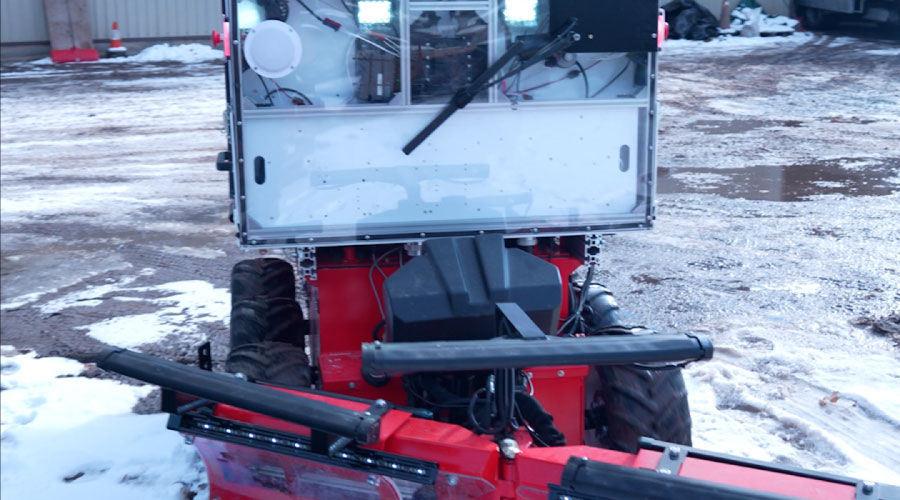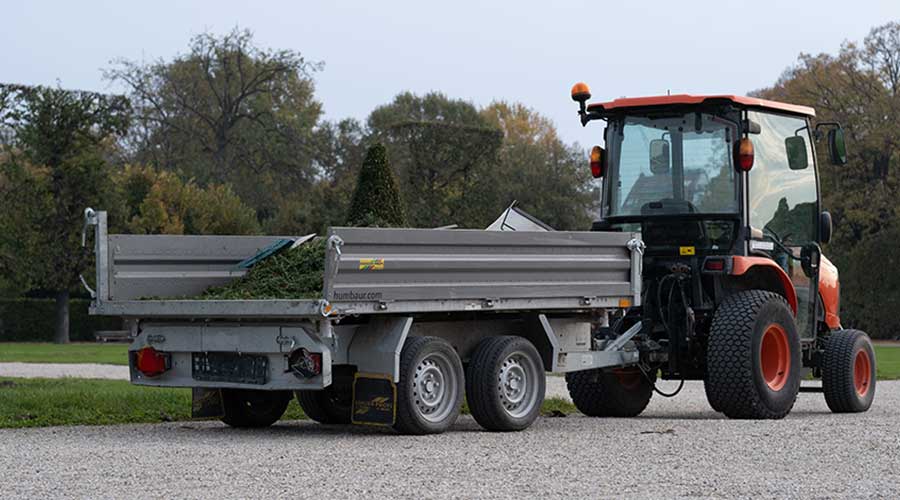Growing Campus Offers Variety of Grounds Challenges
From hardscapes and sustainability to staffing and wetlands, Broward College presents an evolving list of priorities
Urban and aquatic. In-house and outsourced. Hardscapes and Ornamental Peanut.
Ask Laura Ozment about grounds management at Broward College, and get ready to hear about a job that has to contend with both ends of several different spectrums. For starters, Broward’s three main campuses and seven satellite campuses are located around the Fort Lauderdale, Fla., metropolitan area.
“It’s predominantly urban, and with the number of students on campus, it can be very busy,” says Ozment, Broward’s collegewide manager of landscape and grounds maintenance. “One of our challenges is that the campus is open from about 7 in the morning until 10 at night, so it’s sometimes tough to access parking lots, for example, or interior parts of the campus with equipment, keeping in mind the safety of the students, of course. It can be difficult to schedule activities so that they are minimally invasive to our campus users.” On the other end of the spectrum, the campus also has aquatic elements.
“We have 15 acres of wetlands, and we have another 15 acres of open water lakes that are not necessarily designated as natural areas,” she says. “They’re for stormwater retention and aesthetics.”
Staffing solutions
Addressing urban and aquatic environments is just the start of the daily balancing act for Ozment, who has been in the commercial horticulture industry for more than 30 years, 28 of them with Broward College, where she started as a landscape specialist and worked up through the ranks into my current position. She also has to balance staffing considerations among the campuses, which contain a total of 350 acres.
“We have 21 in-house staff who are responsible for the main campuses,” she says. The in-house staff takes care of the three main campuses and perform occasional duties on the satellite campuses. But the satellite campuses are maintained by outside contractors.
“Also, in some cases, we’re in partnership with other institutions, such as Broward County Public Schools and Florida Atlantic University. They may have responsibilities on some of those locations.”
The diverse nature of the college’s campuses also affects the department’s staffing arrangements.
“About 15 acres are designated wetlands, which requires a different maintenance strategy,” she says. “We do use outside contractors for management of invasive aquatic trees and things like that. We recently embarked on an eradication of an invasive tree we have here, the Australian pine. That was a big project we’ve done in the last two years.”
As is common in many higher education, expansion is constant, which means demands on Ozment and her team are expanding and evolving.
“We’re in a very active growth mode,” she says. “The college is adding and remodeling buildings, and naturally that affects the landscapes. Often, when we add a new building, the landscape might be quite elaborate, depending on the prominence of the building. So we’re constantly having to refine our maintenance practices to maintain that high standard of care.”
With limited resources, the department still has to find ways to keep up with the growing demands to keep facilities and landscapes looking their best.
“We’re always looking for ways to be more efficient,” Ozment says. “In the past, we would trim hedges by hand and do things at a very high horticultural standard, so in some ways, we’ve had to commercialize a little bit more in order to keep up with the demand. We don’t have the luxury of doing everything the way we would like to.
“We always want more staff. We have eight to ten people on the central campus, and it’s quite a challenge to do the routine maintenance, as well as a lot of special requests to do small projects and landscape installations, such as supplying interiorscape plants.”
The year-round nature of grounds care, coupled with the unique climate of South Florida, also present Ozment with challenges related to staffing and priorities.
“It’s a logistics challenge to get all this stuff done with the staff we have,” she says. “For example, the athletic facilities all have windscreens that need to be rolled up before hurricane season and brought back down at the end of the hurricane season. That takes my staff about a week. Every time we have to do that. It’s a little bit of a setback, but we always get caught up.
“It’s crunch time in the summer, and with all the rain we get, that puts us behind sometimes, too. Overall, we have adequate staff, but it’s a challenge to keep everyone going doing things the most efficient way.”
Related Topics:















